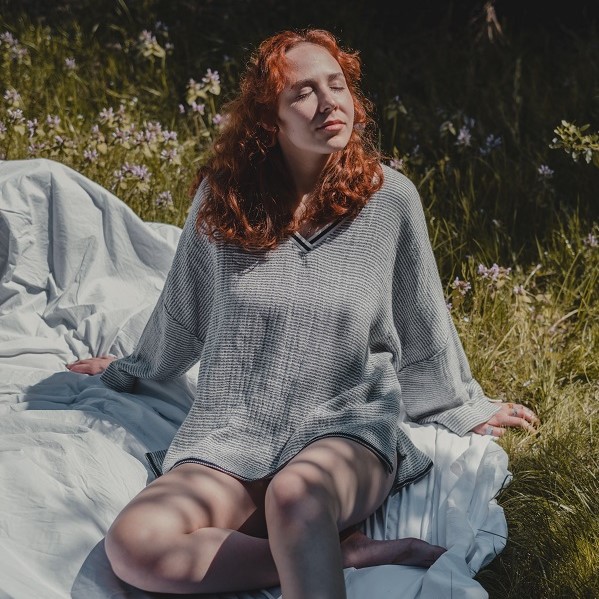Relaxation Exercises for Anxiety
When it comes to anxiety treatment, undertaking regular relaxation exercises will almost always be an important part.
Relaxation training has been around since the 1930’s as a means of reducing activation of the amygdala, the part of the brain associated with causing anxiety.
3 Relaxation Exercises
There are a number of different types of relaxation exercises, the key will be finding the type that best suits you. You may even choose to use different types, depending on the situation you’re in as different relaxation exercises work best at different times for different situations.
1. Diaphragmatic Breathing
Most of us are unaware of the rate of our breathing. Yet if we consciously focus on it, we can slow it down quite easily. One of the simplest forms of relaxation is to focus on your breathing and take some long slow deep breaths.
This in itself can be a very powerful relaxation tool.
Diaphragmatic breathing takes it one step further by getting you to place your hand on your abdomen while you take a long slow deep breath in, to the count of four.
Once you have inhaled, pause, and then breathe out slowly again to the count of four.
Repeat 10 times or for several minutes if you so desire.
The key here is to make sure you can feel your diaphragm rising and falling each time you take a slow deep breath in and out. While undertaking this breathing exercise you can count silently in your head to the count of four as you breathe in and out, or you may prefer to say something calming such as “relax” each time you take a breath in and out. There are different variations that can all work.

2. Progressive Muscle Relaxation
Progressive muscle relaxation is as the title suggests, relaxing the different muscle groups throughout the body.
When we become anxious we are often unaware that our muscles can become tense (e.g. clenching or grinding your teeth). This is a normal response to the sympathetic nervous system being activated.
In a progressive muscle relaxation exercise, each muscle group in the body is focused on one at a time, where you tense the muscles in that group and then relax them, before moving on to another muscle group.
Please note that when you first start an exercise such as this it may take a long time to go through each muscle group in your body, but as you become more familiar with the process you should be able to do it in a matter of minutes. Slow deep breathing is also usually a component to most progressive muscle exercises.
3. Imagery and Visualisation
The third and final relaxation exercise I’d like to mention here is imagery/visualisation.
This is a relaxation exercise which usually involves listening to a narrator who talks you through a scene/s and you respond by imaging the scenes they are describing.
The images the narrator describes are usually peaceful and calming such as a beach, waterfall or other natural element. Imaging yourself in another location can be very powerful for some. Again, focusing on slow deep breaths is likely to be a component of this type of relaxation exercise.
Diaphagmatic breathing is easy to do on your own at any time and can be done almost anywhere, however the other two can be a little harder to undertake. Progressive muscle relaxation and imagery usually need to be done while you listen to some sort of script. These days the most common way of undertaking a relaxation exercise is by downloading an app and there are plenty around with various relaxation exercises on them. My advice would be to download one, and just through trial and error, listen to different relaxation exercises to find what suits you.
Regardless of which method of relaxation you undertake, slowing your breathing down can become second nature if you practice it enough.
I generally recommend undertaking a relaxation exercise once a day, even if’s just a short one between 5-10 minutes. First thing in the morning as you wake up or last thing at night before you go to sleep, are usually good times to practice relaxation. Of course, if you want to practice relaxation more so or for longer periods of time, you are obviously welcome to.
Whilst relaxation exercises are an integral component of anxiety treatment, I actually think they are great just for everyday health and wellbeing. I try and do relaxation exercises myself on a regular basis as they are a great way to unwind and relax at the end of a busy day.
Note: the information in the article is general information only and not intended to replace individual therapy. Please seek support from a qualified professional for your specific circumstances.
Author: Dr Maya Lloyd (M Clin Psych, PhD, FCCP, MAPS) is a Toowong clinical psychologist with almost 20 years’ experience working with children, adolescents and families, including significant experience in the treatment of anxiety in both adults and children. Call 0413 072 443 or make a booking online.
